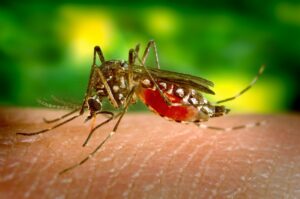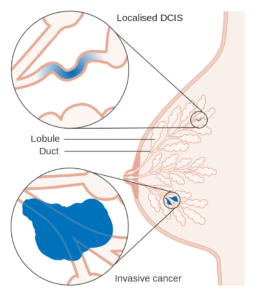Researchers in Hebrew University Develop Embryo Stem Cells from Skin Cells.

By Neucrad Health India June 20, 2019
Medical Science took a giant leap ahead when researchers at Hebrew University of Jerusalem (HU) devised a revolutionary method where skin cells could get transformed into three crucial stem cell types including early-stage embryos. This phenomenal achievement could bring relief to thousands of families where the foetus is found to develop embryonic disease or where expecting mothers have placental dysfunctions. It also paved the path of developing an entire embryo from skin cells. The famous scientist from HU’s Department of Developmental Biology and Cancer Research, Dr. Yossi Buganim was the principal investigator of this project, and the work got published at the prestigious Biological Science journal, Cell Stem Cell.
History of Embryonic Stem Cell Research
During the year 2006, research scholars in Japan developed the capability of ‘reprogramming’ skin cells so that they can get modified into embryonic cells and generate an entire foetus. Here the skin cells were reprogrammed to express four central embryonic genes. They transformed into ‘Induced Plutipotent Stem Cells’ (iPSCs) which are similar to embryonic cells that are present in the initial days of fertilisation. This iPSC had the capability of forming every type of foetal cells. However, they could not generate any extra-embryonic tissues like placenta.
What happened in the Laboratory of Dr. Yossi Buganim?
Dr. Yossi Buganim and his research team at HU worked primarily on mouse cells. They discovered a set of genes which could transform murine skin cells into all the three types of cells present in the early embryo including the placenta, embryo itself along with the extra-embryonic tissues like the umbilical cord. This research would have an enormous implication in the future as it opened the possibilities of developing human embryos from somatic cells without the requirement of sperm and ovum. Here the skin cells slowly lost their cellular identity and expressed new characters of the embryonic cells. It can also get used in modelling and treating embryonic defects, infertility issues, and placental dysfunctions.
How is the research in Hebrew University different from Japan?
The research team at HU was headed by Dr. Yossi Buganim and other reputed scientists including Dr. Oren Ram from the Institute of Life Science (HU) and Professor Tommy Kaplan School of Computer Science and Engineering (HU) and also included doctoral students Hani Benchetrit and Mohammad Jaber. They devised a new innovative technique where a combination of five embryonic genes, when introduced in the skin cells, could get reprogrammed to produce all the three types of embryonic stem cells- iPS cells which formed the foetus, placental stem cells, and extra-embryonic stem cells. The complete transformation from the skin cells to embryonic stem cells took one month to accomplish.
The HU team also incorporated an advanced technology for scrutinising molecular force which would guide cell fate decisions. This innovative technique in turn aided in skin cell reprogramming and bring about the natural process of embryonic development. They also discovered the gene ‘Eomes’ which helps in placental development and gene ‘Esrrb’ guiding foetal stem cell development.
The Japanese research team could reprogram skin cells to express only four central embryonic genes. They could not develop extra-embryonic stem cells, which could transform into the placenta and umbilical cord.
What is the future of this research?
Scientists all across the globe have welcomed this breath-taking research which would help in developing human embryos as well from somatic cells. It would offer relief to thousands of families in every country to start their family without using sperms and ovum. It would also help expecting mothers having placental dysfunction to complete their gestation phase without any medical challenges. Moreover, it would also take care of many embryonic diseases manifested at the initial stages of foetal development. There would be no more sacrificing of a live embryo in test tube fertilisation.









